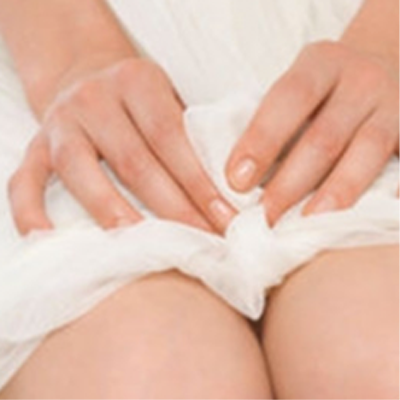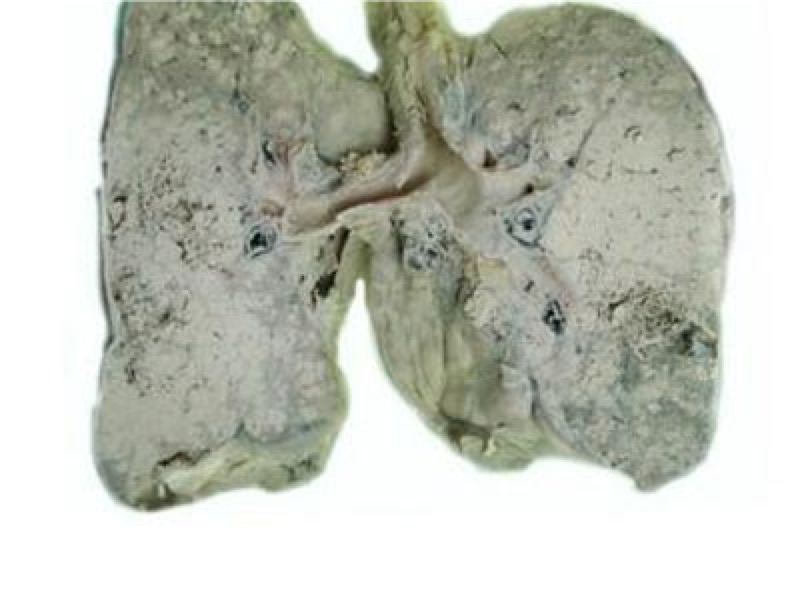Is the baby sick-N healthy traffic lights
Scene 1: Sisi, 8 months, suddenly a rash all over the body after three days of fever.
8 months of West West High Fever for three days, community clinic infusion for three days, the fourth day, fever disappeared, good spirits, red maculopapular eruption throughout the body, no itchy rash, the child is in good spirits, mouth No herpes. In routine blood tests, only the proportion of lymph is high (prompt virus infection).

The heat rash comes out, typical Acute rash in young children
Acute rash in young children, also known as baby roseola, is an acute respiratory disease caused by the human herpes virus. Most children have had the disease before the age of 2 years. The disease is characterized by a sudden high fever, which usually lasts about 4 days. Most children have good spirits except for poor appetite. Then the body temperature suddenly dropped to normal, and then rose-colored maculopapular eruptions appeared throughout the body, first concentrated on the head, neck, and trunk, and then spread to the limbs and the entire body skin without itchiness. The rash begins to subside slowly after two days of appearance, and subsides after two to three days without leaving any traces on the skin. We often use eight words to summarize the disease: "protruding fever, fever exits rash"
Recommendations: reasonable care and correct fever. Acute rash in young children is a self-limiting disease, there is no special treatment, but it is infectious. Give your child more rest at home, and pay attention to isolation from other children. Drink plenty of water and give easily digestible food (avoid greasy food). When the fever is high, we should choose the physical cooling. When the child''s body temperature exceeds 38.5, observe the spirit and complexion. If the child has a fever, the spirit is very good, can eat and play. If the child does not have the performance of chills and fear of cold, but the temperature is very high. Take care of your front and back, and expose your extremities naked. Wipe your head, neck and extremities with warm water below body temperature. Do not choose alcohol or ice cubes. If the physical cooling effect is not good, the infant anti-fever medicine containing the "acetaminophen" ingredient can be taken orally.
Scene 2: Outpatient, An’an, 9 months. Intermittent diarrhea for a month.
An An because of insufficient breast milk after birth, mixed feeding, 1 month after birth, began to appear eczema, given skin external medicine to improve. At 6 months, because the mother was weaned at work, completely formula-fed, nearly a month, eczema was significantly worsened with intermittent diarrhea, stool tests showed that a few red blood cells and white blood cells were seen under the microscope, and oral antibiotics were taken intermittently, and the effect was not good. Come to our hospital for blood test routines, suggesting that the percentage of eosinophils is higher than 10%, and food allergy tests suggest milk protein allergy.
Long-term diarrhea, don’t ignore allergies
In recent years, with the changes in living environment and lifestyle, food protein allergies have caused infant eczema, diarrhea, and vomiting. . In addition to vomiting, the main symptoms of food protein allergy are diarrhea, bloody stools, eczema, and slow growth. Milk allergy is the most common food allergy problem in infants, and the incidence in infants and young children is about 0.3%~7.5%.
Recommendations: For infants under one year old who have long-term diarrhea or vomiting, when routine treatments such as infections are ineffective, do not neglect to check food allergies or food intolerance for children. Children with severe symptoms or unclear diagnosis are recommended to have gastrointestinal endoscopy. Experts suggest that two infant formulas with deep hydrolysis formula and amino acid formula can be used to treat milk protein allergies. For example, deep hydrolyzed formula is the first choice for the treatment of infants under 6 months of age with rapid milk protein allergy, food protein-induced enterocolitis syndrome, atopic eczema, gastrointestinal syndrome, and food protein-induced rectal colitis . Amino acid formula is preferred for allergic diseases such as allergic and eosinophilic esophagitis.
Scenario 3: Huanhuan, 10 months, 3 days of intermittent fever
Huanhuan has fever in the past three days, and is good at feeding milk. Routine blood tests suggest viral infection. The diagnosis was confirmed as an upper respiratory tract infection (commonly known as cold). Parents are very anxious, saying that the child has been cold twice for three months.
Repeated colds should be taken seriously
Speaking of a child’s cold, many parents are very anxious. In fact, a cold is a disease that a child must experience. A child who does not have a cold cannot appear, and a child who does not have a cold cannot grow up. Common cold is commonly known as "acute upper respiratory tract infection" in medicine.
A proper cold is a good thing. The child''s immune system is a health guardian of the human body, and it fights the invading "enemy" every day. Every time a child catches a cold, the body''s immune function is mobilized, and the intruder is stored in a "file" to prevent the next infection. Infants and young children who do not have infectious diseases or have few diseases have a foreign immune system that is much weaker than that of adults who have experienced multiple infections and have increased their ability to fight infection during the fight against germs. So, a proper cold is not a bad thing but a good thing.
When a child has a cold repeatedly, at this time, good things become bad things. How many times should a child catch a cold? Let''s count the number of times a child has a cold in one year (note that two colds differ by more than a week to count two colds), 0 to 2 years old at most 7 times, 3 to 5 years old at most 6 5 times from 6 to 13 years. In clinical practice, if the above criteria are exceeded, or the number of cases of bronchitis or pneumonia at each age above exceeds 3, 2, 1 times, we will diagnose the child with a cold or repeated cold, then we must carefully check the cause of the disease.
Scenario 4: Yingying, 11 months old, puffy, without added food.
The 11-month Yingying laboratory test prompts "iron deficiency anemia". Parents give subsidized oral solution repeatedly after diarrhea. Parents advise how to correct iron supplements for such children.
Iron supplementation also requires skills
Children with iron-deficiency anemia are more common in children from 6 months to 1 year old. Most of the incidences are caused by improper diet and failure to add in time Caused by complementary food. Iron deficiency not only causes anemia, but also causes children to slow down in growth and development, low immune function, mental retardation, academic performance, and abnormal behavior. Therefore, timely and effective prevention and treatment of children''s iron deficiency is particularly important for improving children''s physical and mental health. Once iron deficiency anemia is diagnosed, in addition to slowly improving the diet, the traditional treatment is to take medicine every day, three times a day, and it takes about three months. Taking medicines so frequently creates a big burden on children and their parents'' psychology, and iron may cause nausea, vomiting, diarrhea or constipation. Many parents were abandoned halfway.
Studies have shown that iron supplements do not need to be supplemented every day, once a week for a total of 12 weeks, and require medication 1 hour after breakfast. This method is also effective for the treatment of children with iron deficiency anemia. Parents can find iron-tolerant doses every other day or every few days according to their children''s tolerance. This is a good way to subsidize. At the same time, parents should learn how to add complementary foods reasonably. Infants around 1 year old can slowly add eggs, vegetable puree, liver and minced meat, etc., from one to many, from less to more, from thin to thick, cut Do not rush to cause indigestion.
Scene 5: Nini, for 12 months, will not climb.
Nini used to be a premature baby. From childhood to old age, she received special care from her family. After birth, the family took turns every day and almost never left their hands. Until the child is almost 1 year old, he still can''t climb.
Let go and let the little ghost crawl on the street
More and more research shows that "climbing" is very important for children. "Climbing" expands the scope of the child''s field of vision and activities, expands the scope and channels for children to collect information, and at the same time promotes the development of coordinated movements of the children''s limbs. Relevant research shows that among the children who have not experienced crawling, 10-30% . Abnormal behaviors caused by lack of integration include sitting down, inattention, clumsiness, eating hands, biting nails, crying, incompatibility, and serious shyness. The main causes of children''s sensory integration disorders are:
①Inherent balance disorder caused by malposition of fetus;
②Various space is too small, and vestibular balance disorder caused by insufficient crawling;< /p>
③ Parents are too busy, resulting in insufficient sensory stimulation of children’s right brain;
④ Premature delivery or caesarean section, resulting in insufficient tactile learning;
⑤ Grandparents use traditional methods, Too many demands;
⑥The lack of tactile stimulation and insufficient activities of the infants or mothers of the cleansing disorder:
⑦ Too many demands, too strict discipline, and the frustration of pulling seedlings;
>⑧Excessive protection or indulge in spoiling, resulting in lack of body operation ability;
⑨Premature use of the walker, resulting in vestibular balance and insufficient head support.
Someone summed up this way: the culprit that causes children to feel uncomfortable is the urbanization of life and the small family system. Parents, sensory integration plays an important role in the growth of children. Crawling training is essential. Caring for children’s growth must let them learn to crawl.
Related Articles

- Early Signs of Bladder Cancer
- What are the early symptoms of bladder cancer?
- 2020-12-17

- How to prevent depression
- How to prevent depression?
- 2020-12-17

- Early symptoms of lung cancer
- 2020-12-17

- Symptoms of depression
- What are the symptoms of depression?
- 2020-12-17

- Drinking water can prevent heat stroke
- Actually, the hot weather is not the direct cause of heat stroke. Heat stroke is mostly caused by sweating caused by heat. Under the high temperature in summer, the body sweats tens of tim
- 2020-08-03

- Office workers should beware of cervical spondylosis
- Cervical spondylopathy is mainly caused by degeneration of cervical intervertebral disc and hyperostosis of cervical spine, with neck and shoulder pain, numbness of upper extremities and d
- 2020-08-03
